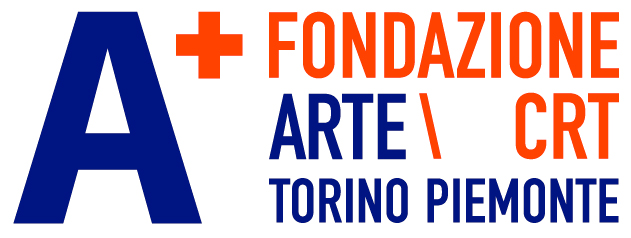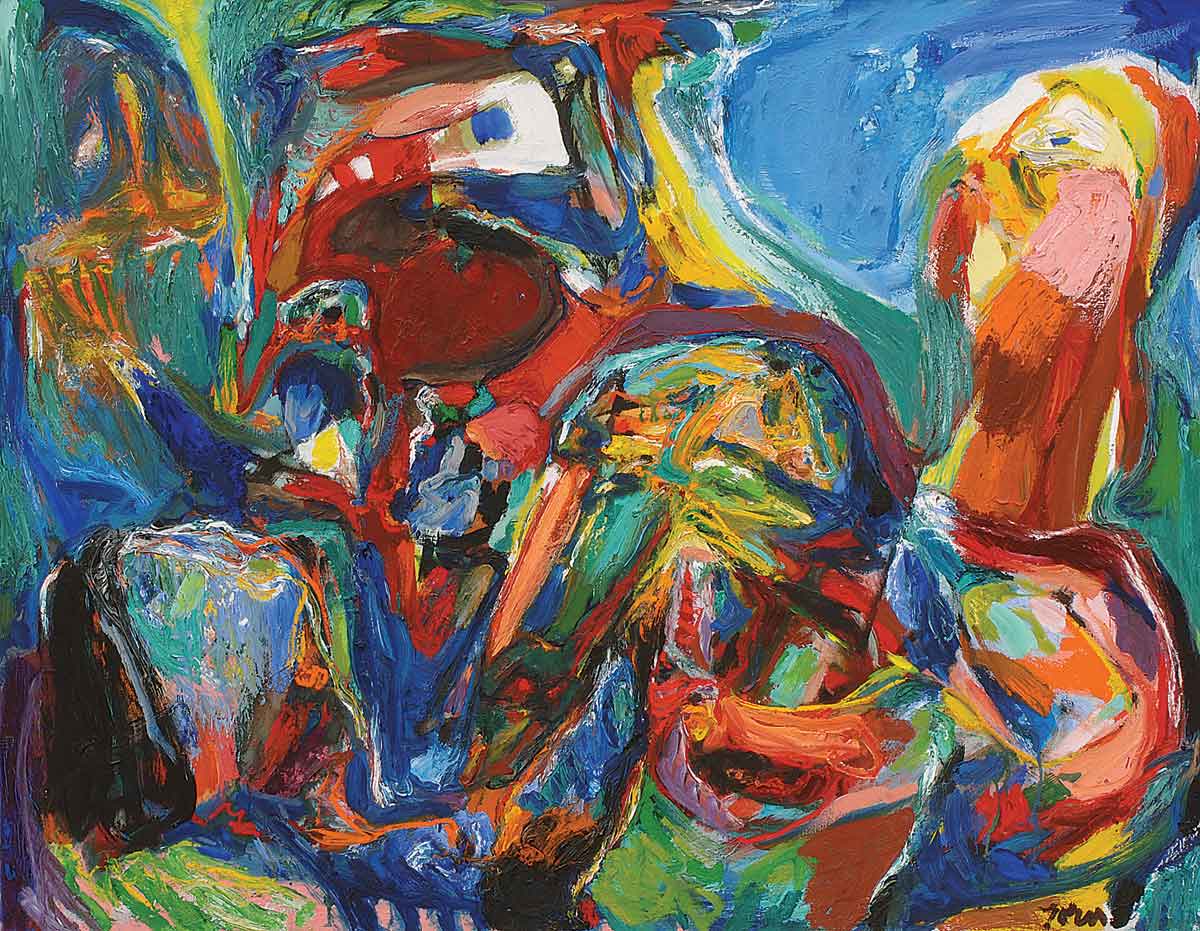Jorn is one of the postwar European artists most inextricably bound to the history of Italian painting in the 1950s and 1960s, through the experience of the Bauhaus Imaginiste and the Situationist International, which links him to Pinot Gallizio. Even earlier, he had known Enrico Baj through the Nuclear Art movement. The latter, writing an essay about his friend in conjunction with the 2001 exhibition Le Planète Jorn, recalls Jorn’s fundamental conviction, the root of the attitude expressed in his artistic research: “Art,” Jorn told me, “must communicate, launch messages, making use of strong, barbaric, violent, vandalic expressions. Art is not a flat image, polished and shiny so that the emotional acids cannot attack. On the contrary, art scratches and disturbs, it is stridency, imperfection and invention. For this it is necessary to oppose rationalism, which wants to invade territories that don’t pertain to it, territories of the imagination.” [...]



